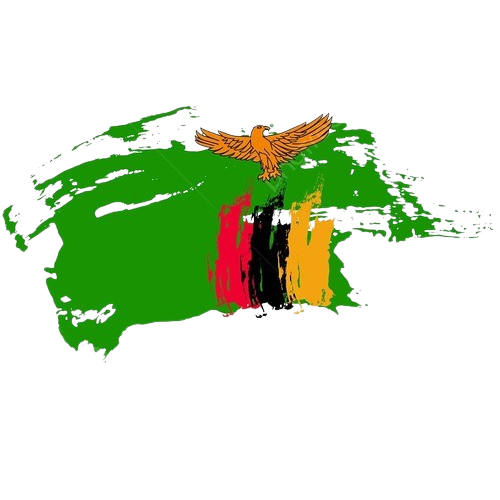Matplotlib.axes.Axes.quiverkey() in Python

Matplotlib is a library in Python and it is numerical – mathematical extension for NumPy library. The Axes Class contains most of the figure elements: Axis, Tick, Line2D, Text, Polygon, etc., and sets the coordinate system. And the instances of Axes supports callbacks through a callbacks attribute.
matplotlib.axes.Axes.quiverkey() Function
The Axes.quiverkey() function in axes module of matplotlib library is also used to add a key to a quiver plot.
Syntax: Axes.quiverkey(self, Q, X, Y, U, label, **kw)
Parameters: This method accept the following parameters that are described below:
- Q: This parameter is the Quiver instance returned by a call to quiver.
- X, Y : These parameter are the x and y coordinates of the location of the key.
- U: This parameter is the length of the key.
- label: This parameter is a string with the length and units of the key.
- angles : This parameter is the angle of the arrows.
- color : This parameter is the overrides face and edge colors from Q.
- labelpos : This parameter is used to position the label above, below, to the right, to the left of the arrow.
- labelsep: This parameter is the distance in inches between the arrow and the label.
- labelcolor: This defaults to default Text color.
- fontproperties: This parameter is the dictionary with keyword arguments accepted by the FontProperties initializer: family, style, variant, size, weight.
Below examples illustrate the matplotlib.axes.Axes.quiverkey() function in matplotlib.axes:
Example 1:
# Implementation of matplotlib function import matplotlib.pyplot as plt import numpy as np X = np.arange(-20, 20, 0.5) Y = np.arange(-20, 20, 0.5) U, V = np.meshgrid(X, Y) fig, ax = plt.subplots() q = ax.quiver(X, Y, U, V) ax.quiverkey(q, X = 0.5, Y = 0.5, U = 500, label ='Quiver key') ax.set_title('matplotlib.axes.Axes.quiverkey() \ Example', fontsize = 14, fontweight ='bold') plt.show() |
Output:
Example 2:
# Implementation of matplotlib function import matplotlib.pyplot as plt import numpy as np X, Y = np.meshgrid(np.arange(0, 2 * np.pi, .2), np.arange(0, 2 * np.pi, .2)) U = np.cos(X**2) V = np.sin(Y**2) C = U**2 + V**2 fig, ax = plt.subplots() Q = ax.quiver(X, Y, U, V, C, units ='width') ax.quiverkey(Q, 0.4, 0.9, 1, r'val = $Cos(x ^ 2)^2 + Sin(x ^ 2)^2$', labelpos ='E', coordinates ='figure') ax.set_title('matplotlib.axes.Axes.quiverkey() \ Example\n', fontsize = 14, fontweight ='bold') plt.show() |
Output:






